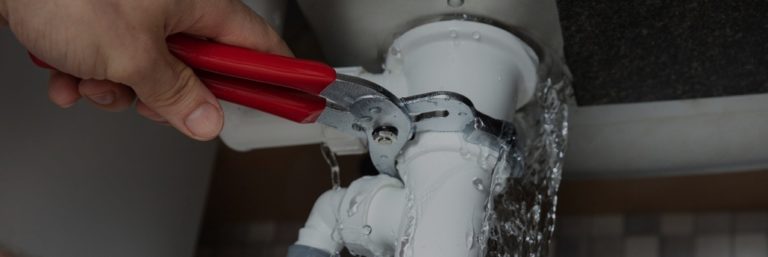Find Out Clever Ways to Identify Concealed Leaking Water Lines
Find Out Clever Ways to Identify Concealed Leaking Water Lines
Blog Article
What're your concepts about Detecting hidden plumbing leaks?

Early detection of dripping water lines can mitigate a prospective disaster. Some tiny water leaks might not be visible.
1. Analyze the Water Meter
Inspecting it is a surefire method that helps you find leaks. If it moves, that shows a fast-moving leak. This means you may have a sluggish leak that can also be below ground.
2. Examine Water Usage
If you find sudden adjustments, regardless of your usage being the same, it indicates that you have leaks in your plumbing system. An abrupt spike in your expense shows a fast-moving leak.
Meanwhile, a constant boost every month, despite having the same behaviors, shows you have a slow-moving leak that's also slowly escalating. Call a plumber to extensively inspect your residential or commercial property, particularly if you really feel a warm area on your flooring with piping beneath.
3. Do a Food Coloring Examination
30% comes from toilets when it comes to water usage. Test to see if they are running appropriately. Drop flecks of food color in the tank and wait 10 minutes. There's a leak in between the container as well as bowl if the shade in some way infiltrates your bowl during that time without flushing.
4. Asses Exterior Lines
Do not fail to remember to check your outside water lines too. Examination faucets by connecting a yard hose. Ought to water permeate out of the connection, you have a loose rubber gasket. Replace this as well as ensure all connections are limited. It will aid get it skillfully analyzed and also maintained each year if you have actually obtained a sprinkler system. One small leak can squander tons of water as well as surge your water costs.
5. Inspect and Assess the Scenario
Property owners should make it a behavior to inspect under the sink counters as well as also inside cupboards for any kind of bad odor or mold growth. These two red flags suggest a leakage so timely attention is called for. Doing routine examinations, even bi-annually, can save you from a major problem.
Extra significantly, if you know your residence is currently old, maintain a watchful eye on your heating systems, tubes, pipes and so on. Check for discolorations and compromising as a lot of appliances and pipelines have a life expectancy. They will certainly additionally normally deteriorate as a result of tear and put on. If you presume leaking water lines in your plumbing system, do not wait on it to rise. Call a professional plumber as soon as possible so you do not wind up with an awful mess in your house.
Early discovery of dripping water lines can reduce a possible catastrophe. Some small water leaks may not be visible. Checking it is a guaranteed way that helps you uncover leaks. One small leak can lose heaps of water and also increase your water costs.
If you believe leaking water lines in your plumbing system, do not wait for it to escalate.
WARNING SIGNS OF WATER LEAKAGE BEHIND THE WALL
PERSISTENT MUSTY ODORS
As water slowly drips from a leaky pipe inside the wall, flooring and sheetrock stay damp and develop an odor similar to wet cardboard. It generates a musty smell that can help you find hidden leaks.
MOLD IN UNUSUAL AREAS
Mold usually grows in wet areas like kitchens, baths and laundry rooms. If you spot the stuff on walls or baseboards in other rooms of the house, it’s a good indicator of undetected water leaks.
STAINS THAT GROW
When mold thrives around a leaky pipe, it sometimes takes hold on the inside surface of the affected wall. A growing stain on otherwise clean sheetrock is often your sign of a hidden plumbing problem.
PEELING OR BUBBLING WALLPAPER / PAINT
This clue is easy to miss in rooms that don’t get much use. When you see wallpaper separating along seams or paint bubbling or flaking off the wall, blame sheetrock that stays wet because of an undetected leak.
BUCKLED CEILINGS AND STAINED FLOORS
If ceilings or floors in bathrooms, kitchens or laundry areas develop structural problems, don’t rule out constant damp inside the walls. Wet sheetrock can affect adjacent framing, flooring and ceilings.
https://www.servicemasterbyzaba.com/blog/how-to-detect-water-leakage-in-walls/

We had been shown that editorial on Detecting hidden plumbing leaks from an acquaintance on a different website. Are you aware of another person who is occupied with Leaking water lines? Why not promote it. Many thanks for your time. Visit again soon.
We're alert, ring! Report this page